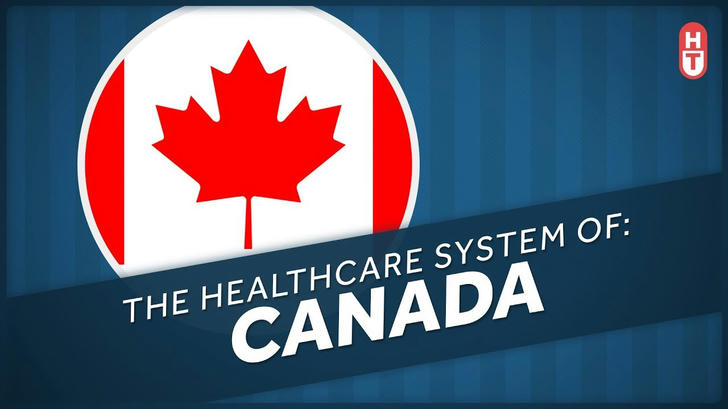Health Insurance for Older Adults in Canada: A Guide for Ages 55–80+
As Canadians live longer and healthier lives, planning for medical expenses in retirement has become an essential part of financial well-being. While Canada’s universal public health care system covers basic physician and hospital services, it does not include all the medical needs that typically arise with age—such as dental care, vision, prescription drugs, or long-term care. For adults aged 55 to 80 and beyond, having the right combination of public and private health insurance is critical to maintaining both health and financial security. This article explores how the system works, how seniors can choose appropriate coverage, and why supplemental insurance has become indispensable in retirement.

Canada’s Health Insurance Policy
Canada’s health care system is founded on universal, publicly funded provincial and territorial health insurance plans, providing access to medically necessary hospital and physician services. Each province determines its own health coverage details, but most public plans exclude outpatient prescription drugs, dental, and vision care.
As a result, retirees often turn to private health insurance to cover these gaps. Supplemental policies help seniors afford out-of-hospital treatments, rehabilitation, and home care services—expenses that can otherwise strain fixed retirement incomes.
Choosing the Right Health Insurance as a Senior
Selecting the best health insurance plan after retirement requires careful comparison. Seniors should consider:
Coverage scope – Look for policies covering prescription drugs, dental, vision, paramedical services (e.g., physiotherapy), and home care.
Type of plan – Choose between personal, replacement, or guaranteed acceptance plans, depending on health status.
Premium stability – Ensure premiums remain affordable over time, especially for fixed-income retirees.
Pre-existing conditions – Check if there are waiting periods or limitations.
Provider network – Ensure your plan works across provinces and covers a wide range of hospitals and specialists.
Companies such as Canada Life offer tailored options like the “Freedom to Choose” plan, which provides flexible coverage for retirees without requiring medical exams.
Importance of Health Insurance for Ages 55–80+
Ages 55–64 – This group is often transitioning from workplace benefits. Supplemental coverage ensures continued access to prescription drugs and preventive care.
Ages 65–74 – Health needs grow with age; additional coverage helps manage chronic conditions and reduce out-of-pocket expenses.
Ages 75–80+ – Older seniors face higher risks of hospitalization and long-term care needs. Maintaining private coverage helps preserve retirement savings and ensures access to essential support services.
Across these age brackets, private insurance safeguards both health and dignity, ensuring that seniors can access timely care without financial strain.
Government Health Insurance and Public Support
Every province offers a public health insurance plan under the federal Canada Health Act, ensuring essential medical services. Seniors also benefit from additional programs like provincial drug benefit plans, long-term care subsidies, and home support services. However, these public programs rarely cover all medical needs. Private insurers such as Manulife, Sun Life, and Canada Life therefore play a vital complementary role, helping older adults bridge the gap between government coverage and real-life medical costs.
Conclusion:
For Canadians aged 55 and above, the need for reliable health insurance grows stronger each year. While Canada’s public system guarantees universal access to core services, it leaves significant gaps in long-term, dental, and vision care. Combining public benefits with supplemental insurance provides comprehensive protection—allowing older adults to live independently, manage chronic conditions, and face the future with confidence. Planning early, understanding available options, and choosing the right insurer can make a profound difference in the quality of life throughout retirement.
